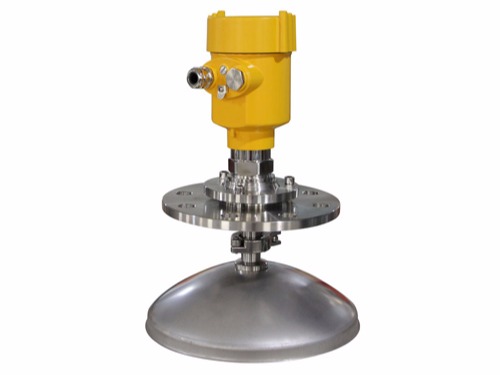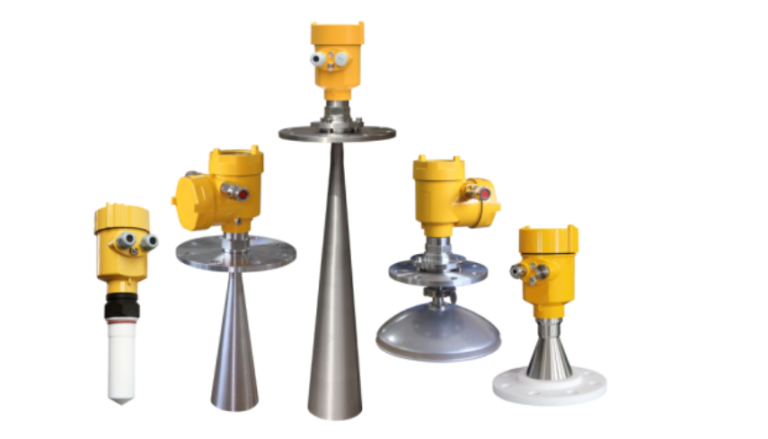In the field of industrial automation, level measurement is a crucial task. As a kind of non-contact measuring instrument, a radar level meter is widely used because of its advantages of high accuracy, good stability, and adaptability to harsh environments. Today, we will take an in-depth look at a common type of radar level meter — 2-wire radar level meter.
First of all, let us understand what is the two-wire radar level meter. Two-wire radar level meter refers to the power supply and signal common two-wire level measurement instrumentation, the core part of the radar sensor. Radar sensors transmit high-frequency electromagnetic waves, and receive the target object reflected to the echo, according to the time difference between the transmission and reception to calculate the distance between the target object and the sensor, to realize the level of accurate measurement.

Two-wire radar level meter has the following advantages compared with a four-wire radar level meter: simple wiring: A two-wire radar level meter only needs two wires, the power line and signal line into one, compared with a four-wire radar level meter wiring is simpler, reducing the difficulty of installation and maintenance. Lower cost: Due to the simple wiring of a 2-wire radar level meter, its cost is relatively low, which also reduces the material and labor costs. Wider scope of application: The power supply and signal of a 2-wire radar level meter share the same line, so it is more suitable in some occasions where four wires cannot be laid, such as some compact equipment or narrow space. Easier to integrate: The simple wiring of the 2-wire radar level meter makes it easier to integrate with other equipment or systems, simplifying the wiring and connection of the system.

In practical application, the two-wire radar level meter needs to pay attention to the following points: Determine the installation location: choose the appropriate installation location to ensure the accuracy of the measurement of the key, should take into account the characteristics of the measured medium, the shape of the container, interference factors and other factors. Avoid interference: in the process of installation and use, one should try to avoid the influence of external interference on the radar level meter, such as electromagnetic interference, and mechanical vibration.
Regular calibration: To maintain measurement accuracy and stability, the radar level meter should be calibrated and maintained regularly. Attention to safety: In some explosive hazardous environments, you should choose an explosion-proof radar level meter and comply with the relevant safety regulations.

It should be noted that although the 2-wire radar level meter has the above advantages, the 4-wire radar level meter may be more suitable in some high-precision or special applications. Therefore, when choosing a radar level meter, you should choose the right type according to the actual needs and application scenarios.
